
For this month’s ESR News interview we spoke to Prof. Hans-Ulrich Kauczor, from Heidelberg, Germany, who serves on the ESR Executive Council as chair of the ESR Research Committee. He gave us an insight into the workings and recent achievements of his committee, as well as his own background within the ESR.
ESR Office: What is the main purpose of the ESR Research Committee (RC) and how does it work in practice?
Hans-Ulrich Kauczor: The main purpose of the RC is strategic. The RC provides strategic recommendations to the ESR Executive Council. To do this properly, the RC surveys and supports the need of researchers in radiology. Also, the RC leverages the research-focused collaboration with other disciplines and their respective European societies.
One recent major achievement in this regard was the collaboration with the European Respiratory Society (ERS), where we agreed on joint recommendations on lung cancer screening in Europe, which we published in May 2015 simultaneously in European Radiology and the European Respiratory Journal.
Other major collaborations are in the field of imaging biomarkers together with the European Organisation for Research and Treatment of Cancer (EORTC) and the RSNA’s Quantitative Imaging Biomarkers Alliance (QIBA), as well as imaging biobanks with the Biobanking and BioMolecular Resources Research Infrastructure (BBMRI-ERIC).
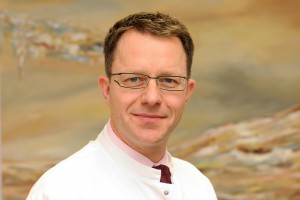
Prof. Hans-Ulrich Kauczor, chair of the ESR Research Committee
ESR: Can you explain the role of the Research Committee’s subcommittees and the recent structural changes that have taken place?
HUK: Just over two years ago, three additional working groups were established under the umbrella of the RC. Working groups exist temporarily to accomplish a certain goal for the ESR. The main goal of each of these working groups was to write and publish an opinion or white paper in their field. The outcomes in each of these fields were as follows:
Read more…
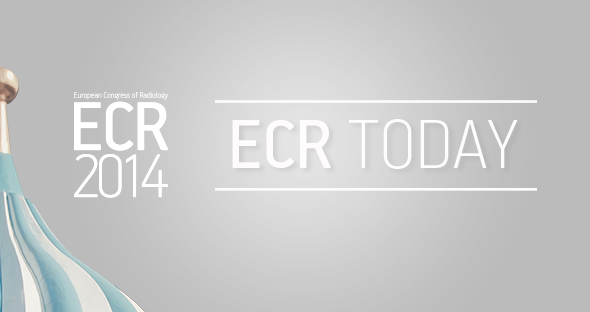
Euro-BioImaging will become a pan-European research infrastructure for biomedical imaging technologies. The project’s initial preparatory phase aiming at the development of the technical, legal, governmental and framework of Euro-BioImaging will end in mid-2014.
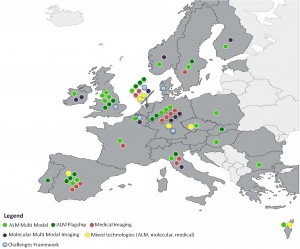
The results of the first Open call for Nodes
During the last year of the preparatory phase, Euro-BioImaging successfully carried out the first call for Nodes and finalised plans for its infrastructure model and user access policies.
In spring 2013, Euro-BioImaging published the first open call for Nodes, taking concrete steps towards the construction of a coordinated, open-access imaging infrastructure. Euro-BioImaging invited imaging facilities to submit their expressions of interest in becoming Euro-BioImaging Nodes. In total, 71 proposals for Euro-BioImaging Nodes were submitted by 221 institutions from 19 European countries. Fourteen proposals came from the medical imaging field and presented sound concepts for Nodes on Ultra-highfield MRI, MR/PET, population imaging and phase-contrast imaging. Ten proposals for molecular imaging were submitted.
Read more…
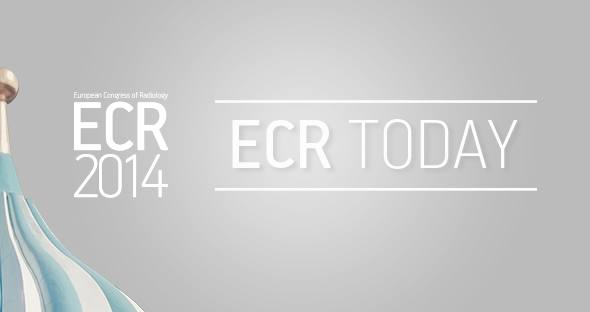
An interview with Prof. Hans-Ulrich Kauczor, Heidelberg/DE, ESR Research Committee Chair
ECR Today: What are the Research Committee’s objectives?
Hans-Ulrich Kauczor: Our main tasks are to periodically survey the needs of the research community, as well as develop recommendations for radiologists to engage with different fields of research and innovation. We also work to assess the current status and develop recommendations on how to improve education in research and to provide strategic recommendations for the research field to the executive council. Last but not least, we aim to leverage cooperation between research disciplines and foster networking and liaising with scientific biomedical European societies.

Hans-Ulrich Kauczor is professor and chairman of radiology at the University of Heidelberg and director of diagnostic and interventional radiology at University Hospital Heidelberg in Germany. He chairs the ESR’s Research Committee.
ECRT: Why is it important to have a dedicated ESR subcommittee for imaging biomarkers?
HUK: The Subcommittee on Imaging Biomarkers was established to address the issues concerning the future development of image-derived quantitative biomarkers, its assessment, validation and standardisation.
The development of imaging biomarkers has become an integral part of modern medicine with a huge potential to advance the development of personalised medicine. Different types of imaging biomarkers (anatomical, functional, and molecular) are used for the detection and treatment of major diseases including cancer, cardiovascular diseases, neurological and psychiatric diseases, musculoskeletal disorders, metabolic diseases, as well as inflammatory and autoimmunity based diseases. In contrast to other biomarkers, imaging biomarkers have the advantage of remaining non-invasive. They are also spatially and temporally resolved, non-destructive and repeatable over a long period, and have the potential for broad application. But before imaging biomarkers can be widely adopted, measures for standardisation and quality assurance must be implemented.
Read more…

by Alena Morrison
Prof. Gabriel P. Krestin has assumed the role of scientific director of the European Institute for Biomedical Imaging Research (EIBIR) after being nominated for the role during the organisation’s General Meeting on Saturday, March 8.
Committed to radiology research, Krestin worked with the ESR to establish EIBIR, which aims to foster and strengthen biomedical imaging research in Europe and has been involved with the organisation since its founding in 2006. He also recently served as chairman of the General Meeting. Since its inception, EIBIR has developed into a key platform for supporting research networking activities, spreading good practice and promoting common initiatives and interoperability in the field of biomedical imaging research. Stakeholders in the EIBIR network have also continued to grow and include European research institutes, shareholder organisations and industry partners.
ECR Today spoke with Krestin to hear some of his thoughts about EIBIR and his ideas for the future of the organisation.
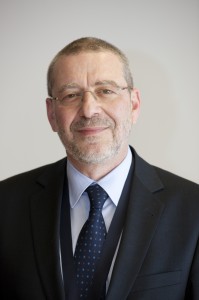
ECR Today: Looking towards 2014, what activities and initiatives would you like to see begin this year?
Gabriel Krestin: We will have to strengthen the strategy and further extend the activities of EIBIR in the coming years. For now, I hope that at least some of the applications to the first call for proposals in the Horizon 2020 research funding framework of the EC will go into the second phase. That would keep the EIBIR office very busy in the coming months but would also give a new boost to EIBIR’s role as coordinator and administrator of biomedical imaging research in Europe. Furthermore, I hope that some new joint research initiatives will start in image-guided interventions, radiation therapy, paediatric imaging, and neuroimaging. Moreover, the intention is to set up a virtual contract research organisation that will enable multicentre imaging trials, initiated by researchers or by industry, to be performed.
Read more…






